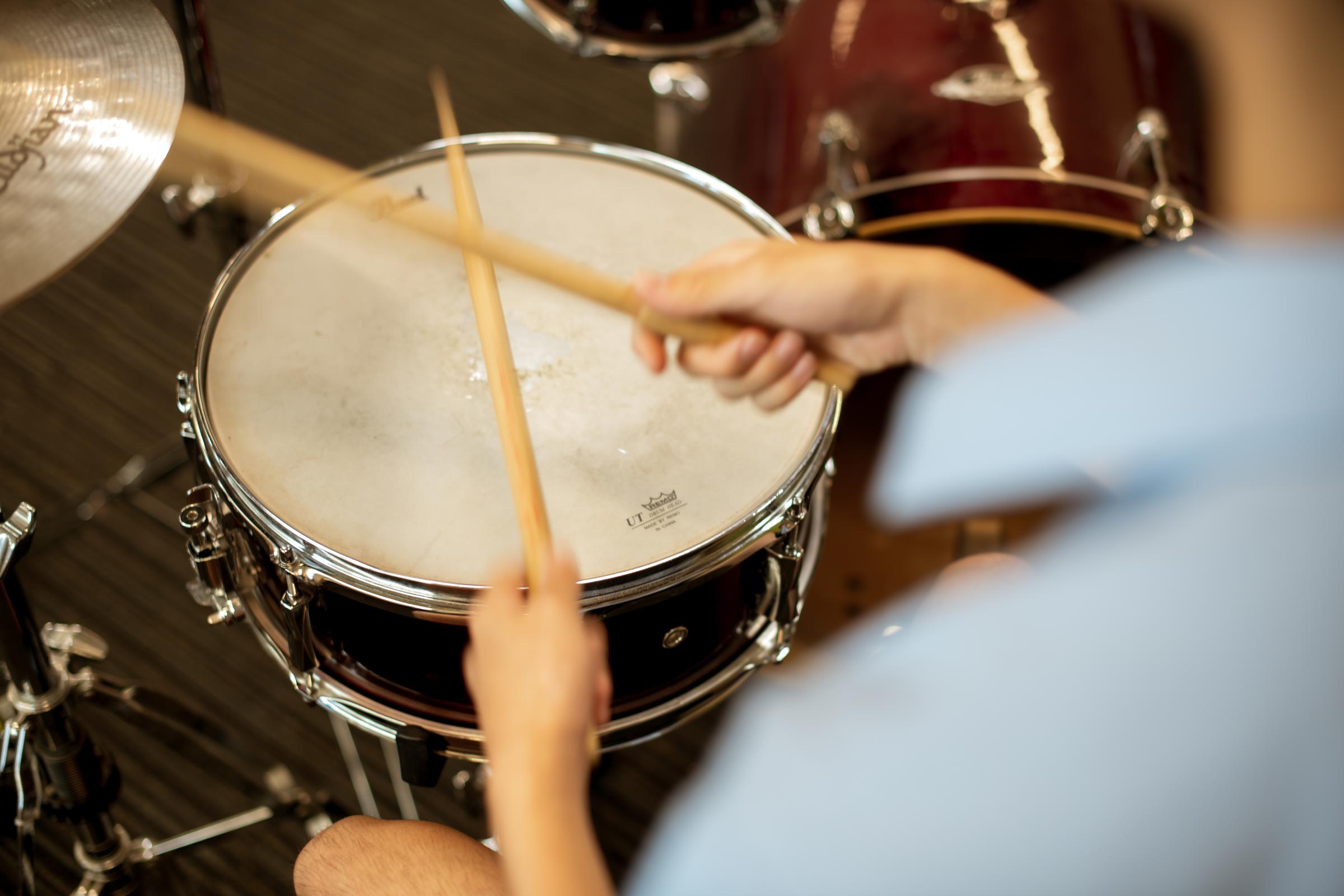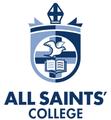MUSIC LEARNING AREA

YEAR 11 ATAR MUSIC
The Year 11 syllabus is divided into two units, each of one semester duration, which are typically delivered as a pair. The notional time for each unit is 55 class contact hours.
Unit 1
Students engage in music making as performers and/or composers, both individually and collaboratively. They develop their music literacy, learning how the elements and characteristics of music can be applied, combined and manipulated when performing, composing, listening to and analysing music.
The music analysis theme for this unit is Elements. What are the building blocks that make music work? Students respond to music as they explore the creative application of music elements across time, place and culture. They gain greater familiarity with how and why music is created, by engaging with a range of designated works, developing their understanding and use of music elements.
Students develop a greater awareness of the stylistic considerations that inform the music they analyse, compose and perform, and the interrelationships that exist between these music elements.
Unit 2
Students confidently engage in music making as performers and/or composers, both individually and collaboratively. They continue to develop and consolidate their music literacy, learning how the elements and characteristics of music can be applied, combined and manipulated when performing, composing, listening to and analysing music.
The music analysis theme for this unit is Narratives. How can music tell a story? Students understand that music elements can be manipulated to expressively communicate narrative. Through the combination of music and narrative, composers can provoke strong emotional responses from audiences. This unit aims to develop a more sophisticated understanding of how music elements have been manipulated for specific storytelling purposes.
Students apply critical listening and thinking skills and develop aesthetic understanding through analysing the designated works.
YEAR 12 ATAR MUSIC
The Year 12 syllabus is divided into two units which are delivered as a pair. The notional time for the pair of units is 110 class contact hours.
Unit 3
Students continue to engage in music making as performers and/or composers, both individually and collaboratively. They continue to develop and consolidate their music literacy, learning how the elements and characteristics of music can be applied, combined and manipulated when performing, composing, listening to and analysing music.
The music analysis theme for this unit is Identities. What can music tell us about people? Through the journey of critically considering how music can be used as a powerful form of expression, students explore the potential for music to communicate identity.
Students analyse and understand ways in which the elements and characteristics of music can be applied to express:
personal identity – developing and expressing the artist’s own personal and/or musical identity
socio-political identity – a vehicle to express societal and political views and values
cultural identity – reflecting the shared characteristics of a group of people in a given place and time.
Unit 4
Students confidently engage in music making as performers and/or composers, both individually and collaboratively. They continue to develop and consolidate their music literacy, learning how the elements and characteristics of music can be applied, combined and manipulated when performing, composing, listening to and analysing music.
The music analysis theme for this unit is Innovations. What drives a composer to create something truly different? Innovation within music is a result of ideas driven by personal experience, and socio-political and cultural influences. Students analyse and understand music that demonstratesinnovative use of music elements and concepts, responding to how this challenged, further developed or reimagined music traditions to create new ideas, and communicate new meanings.
